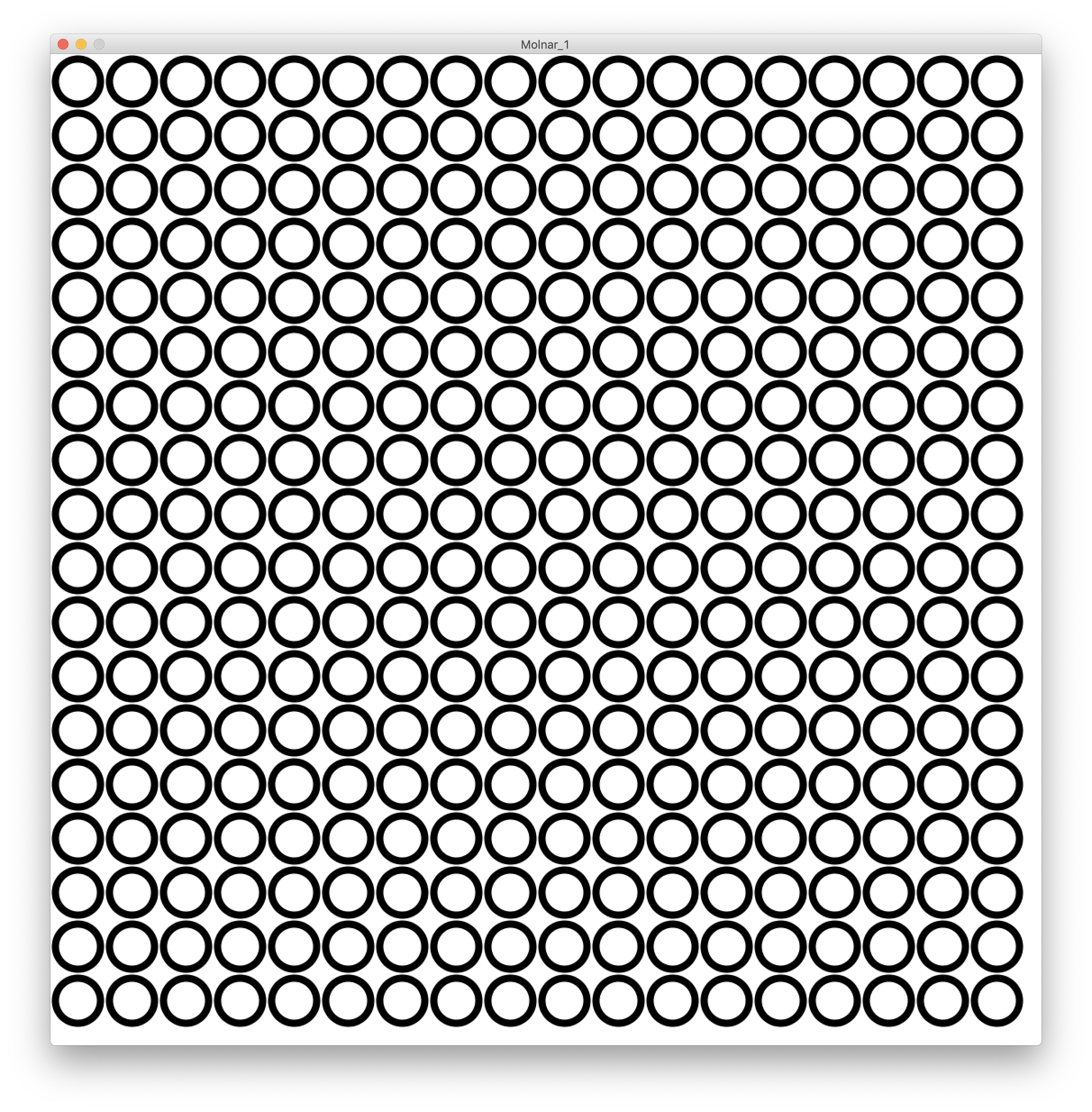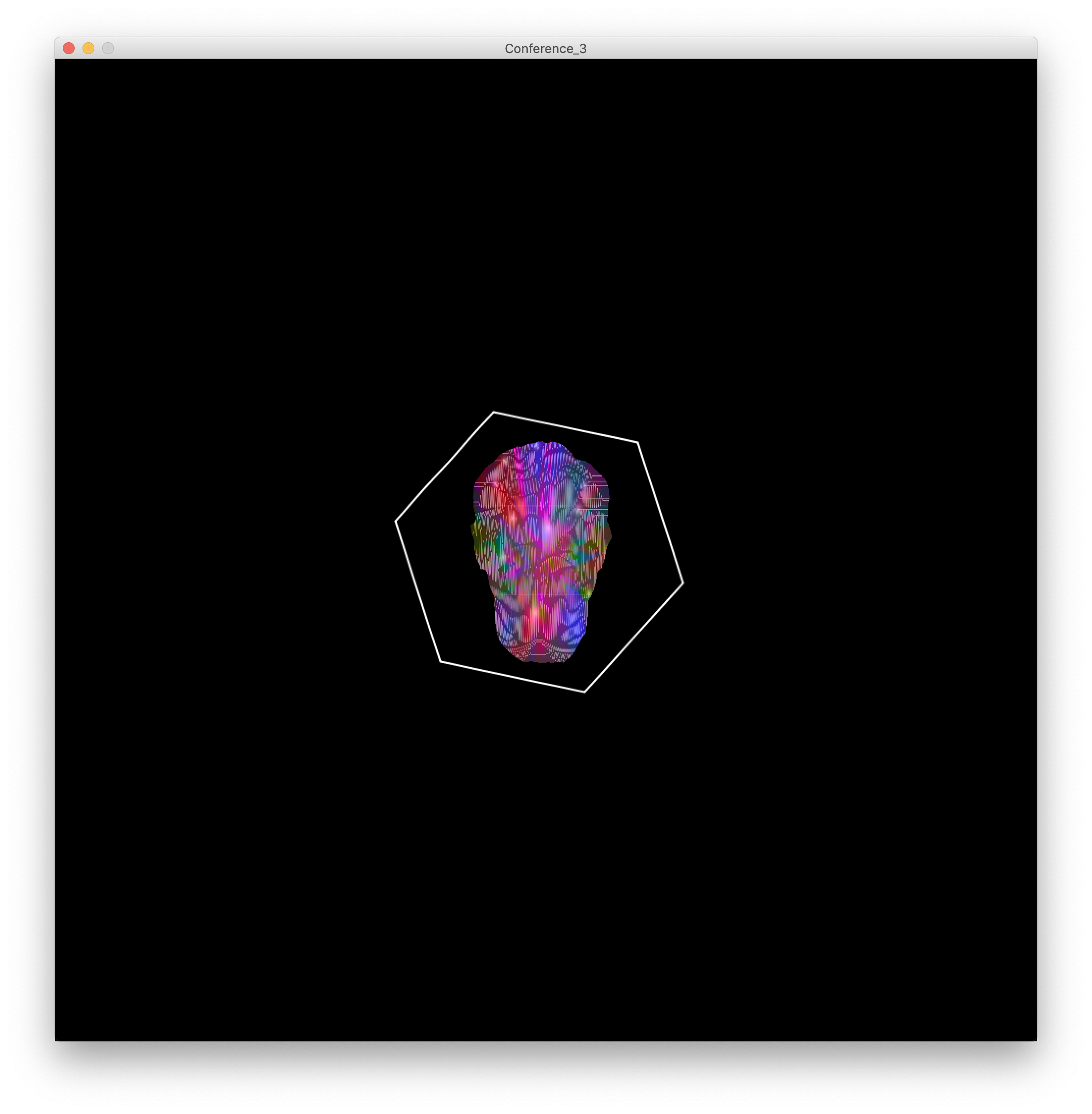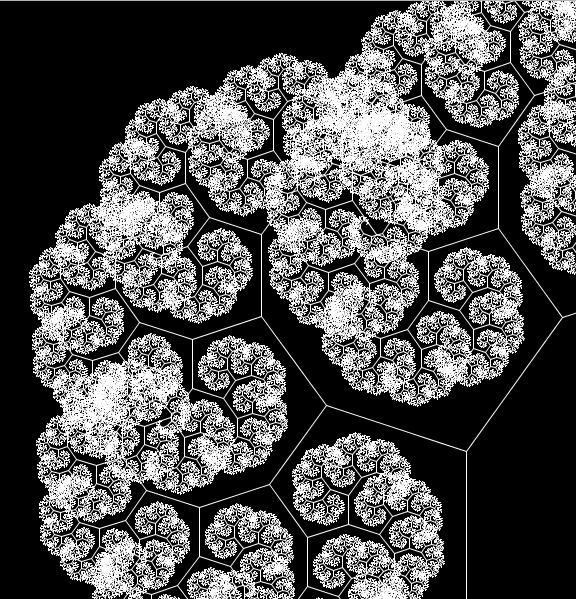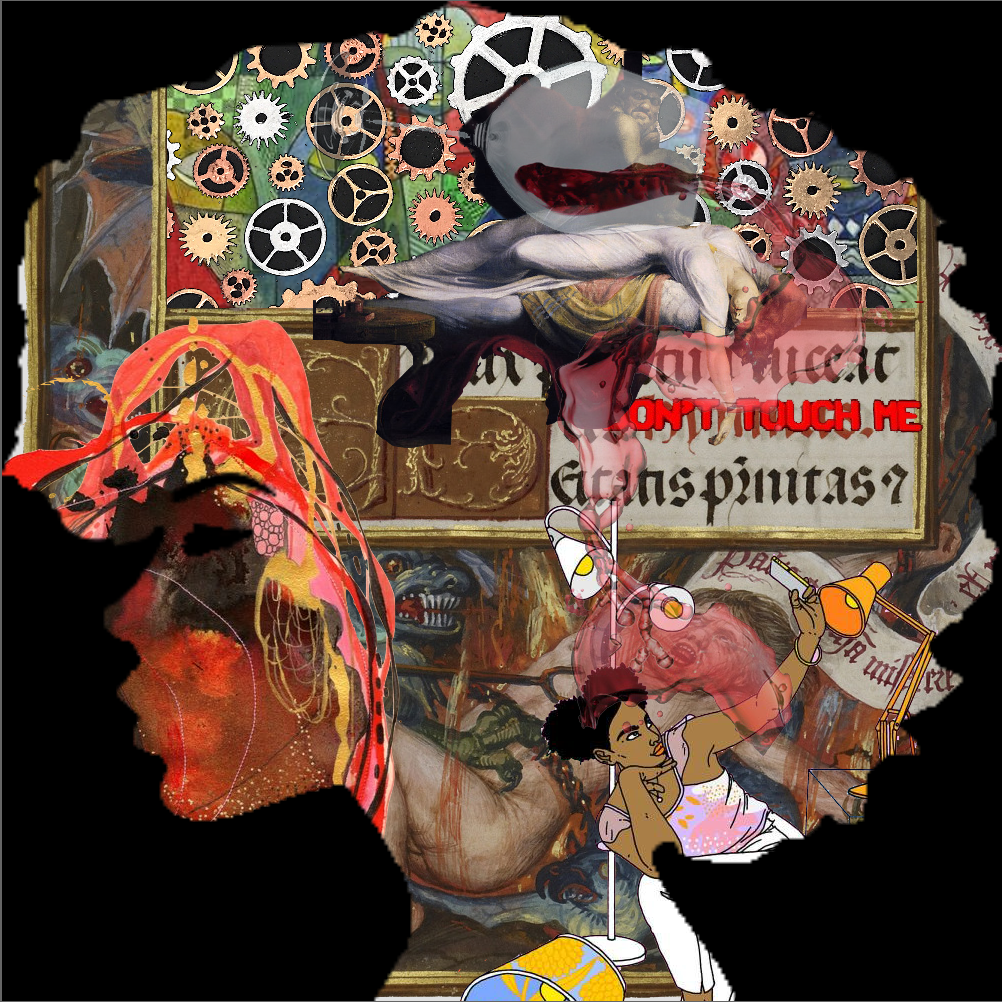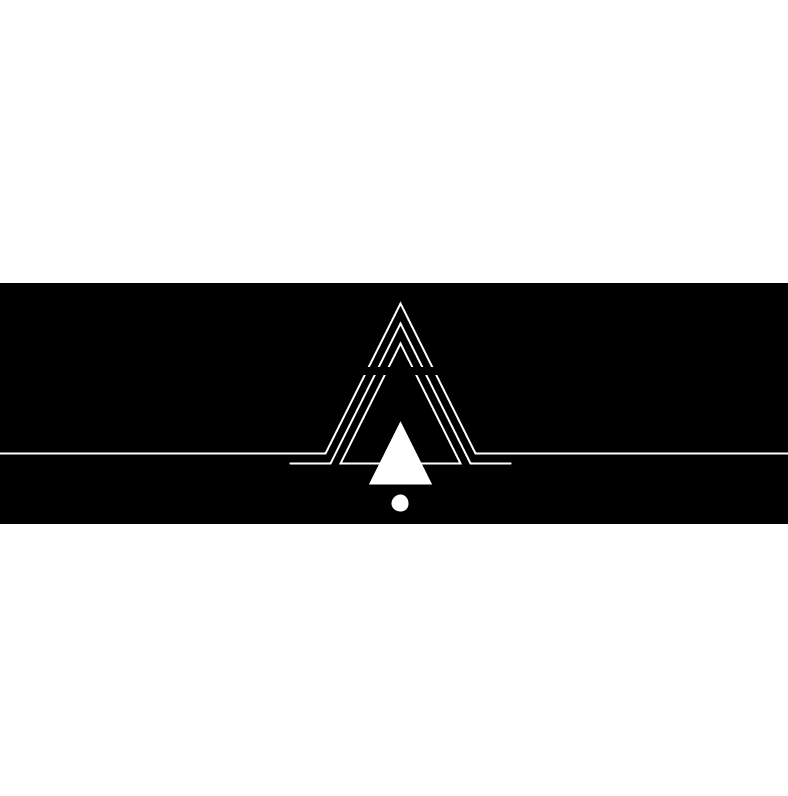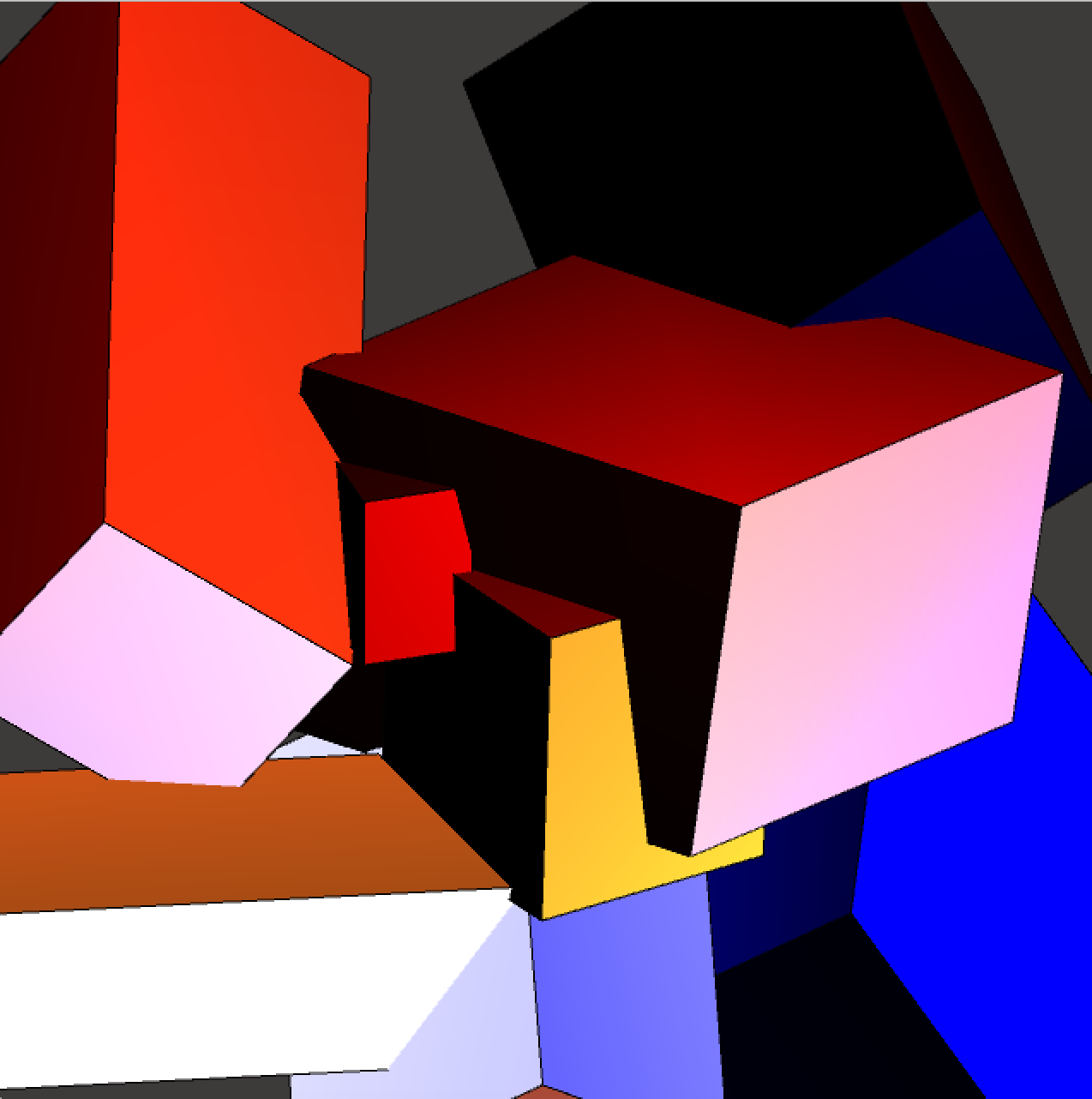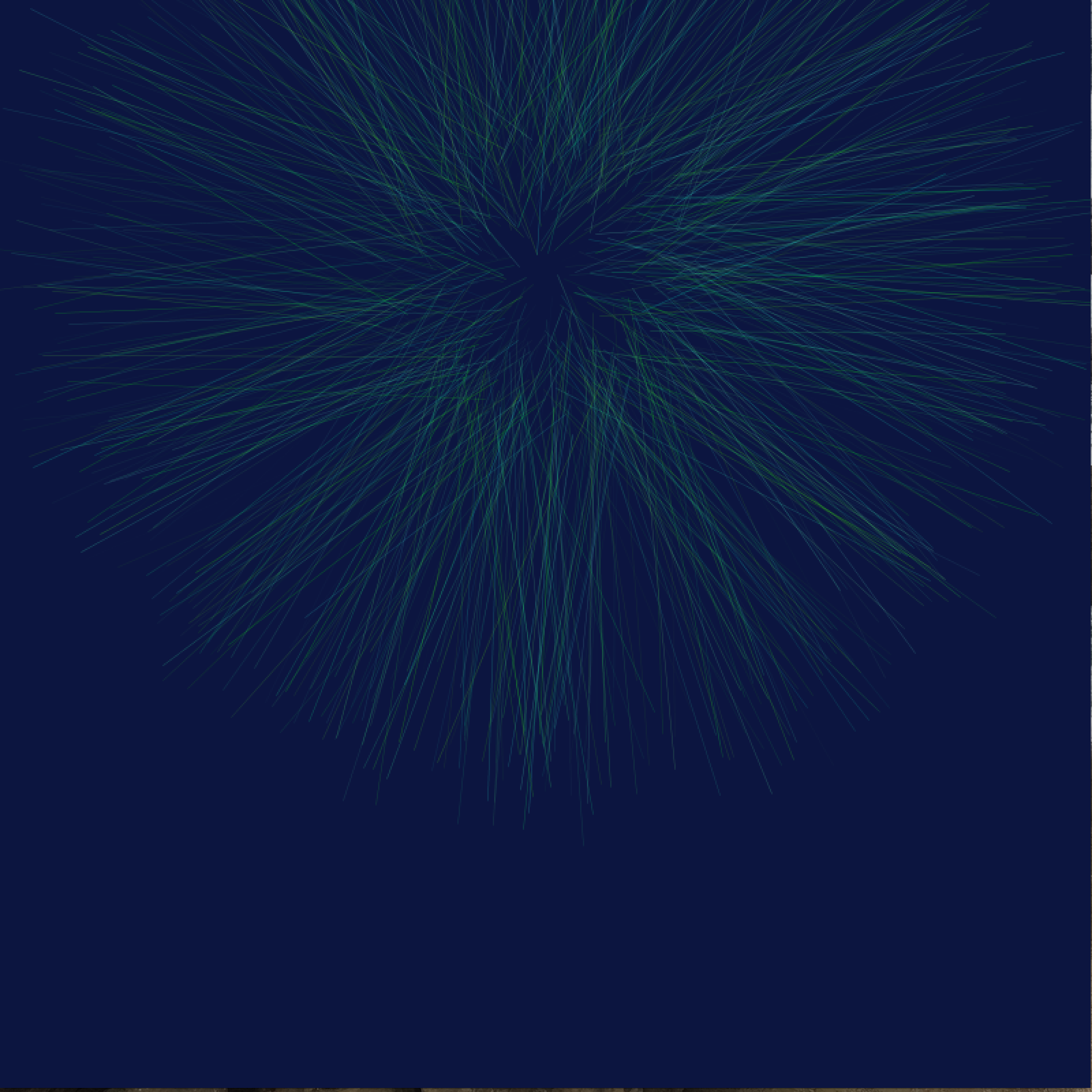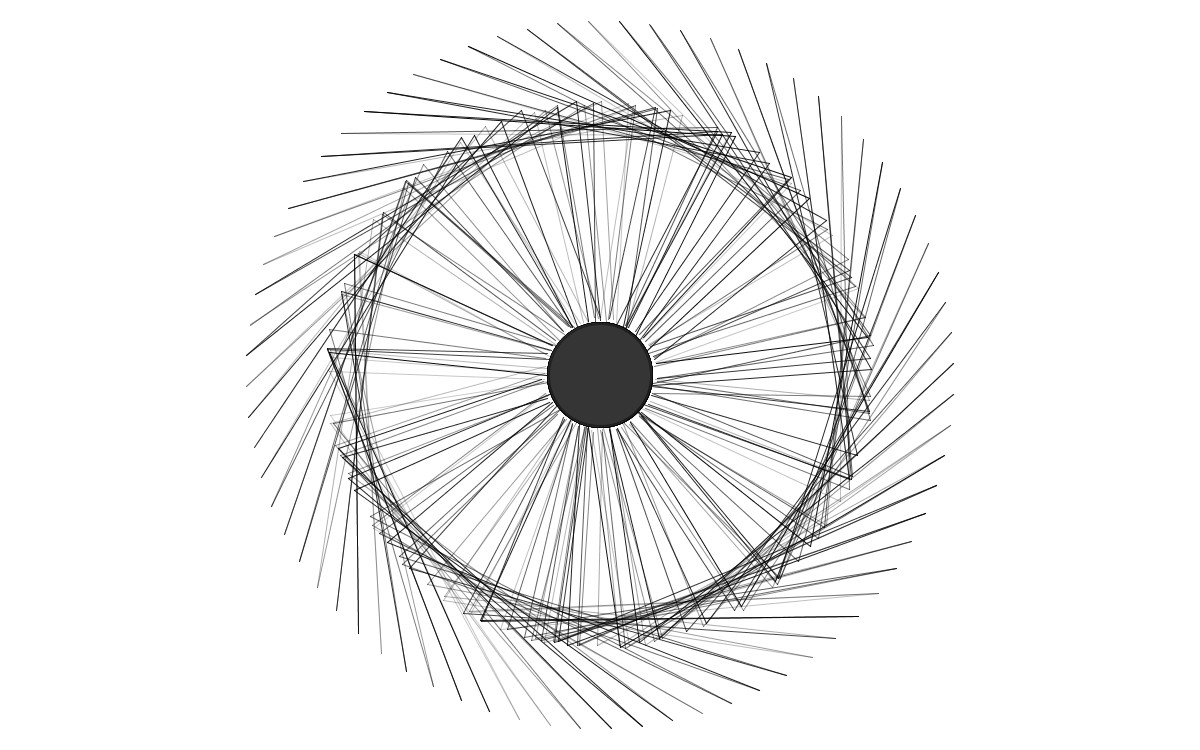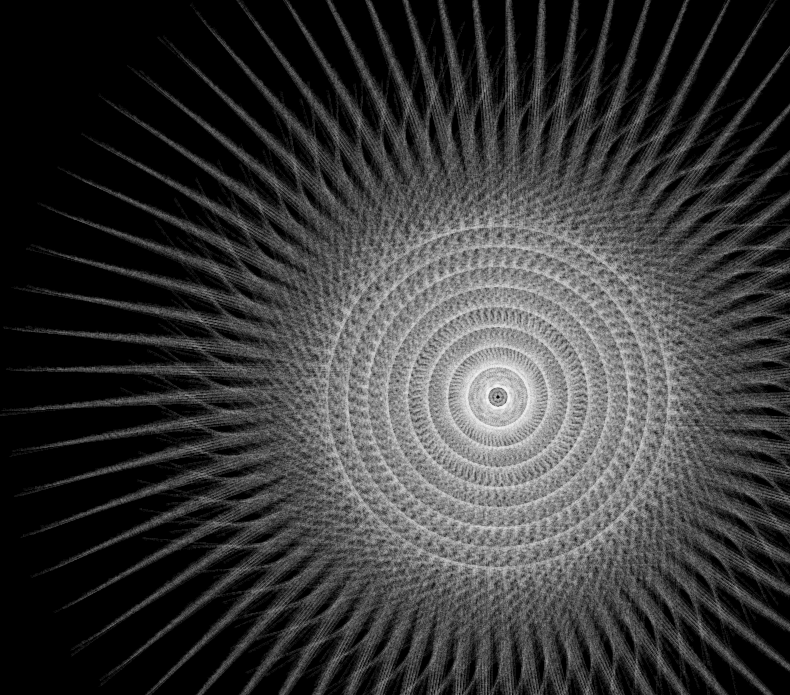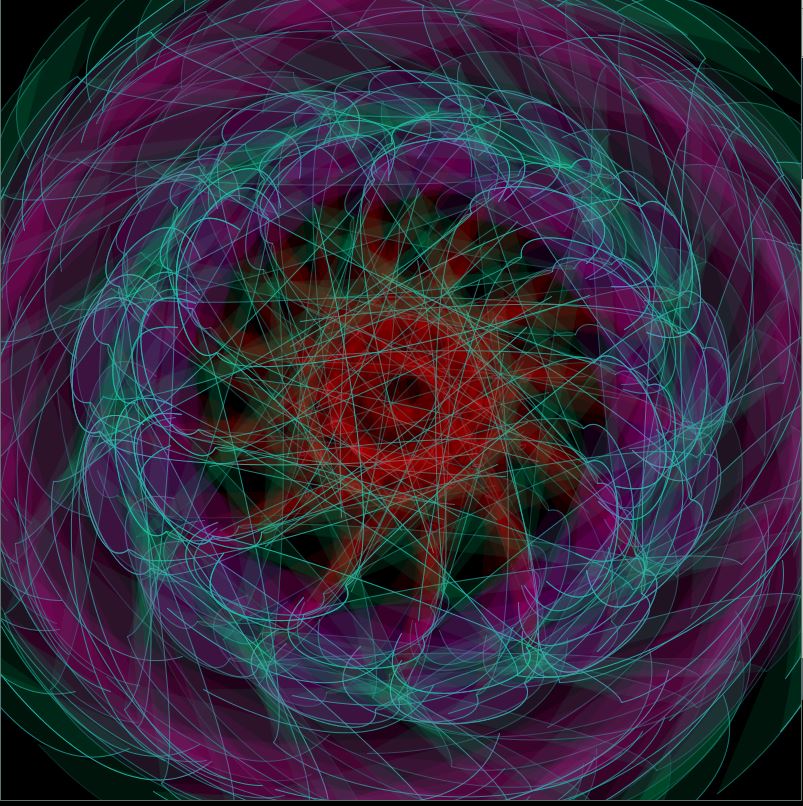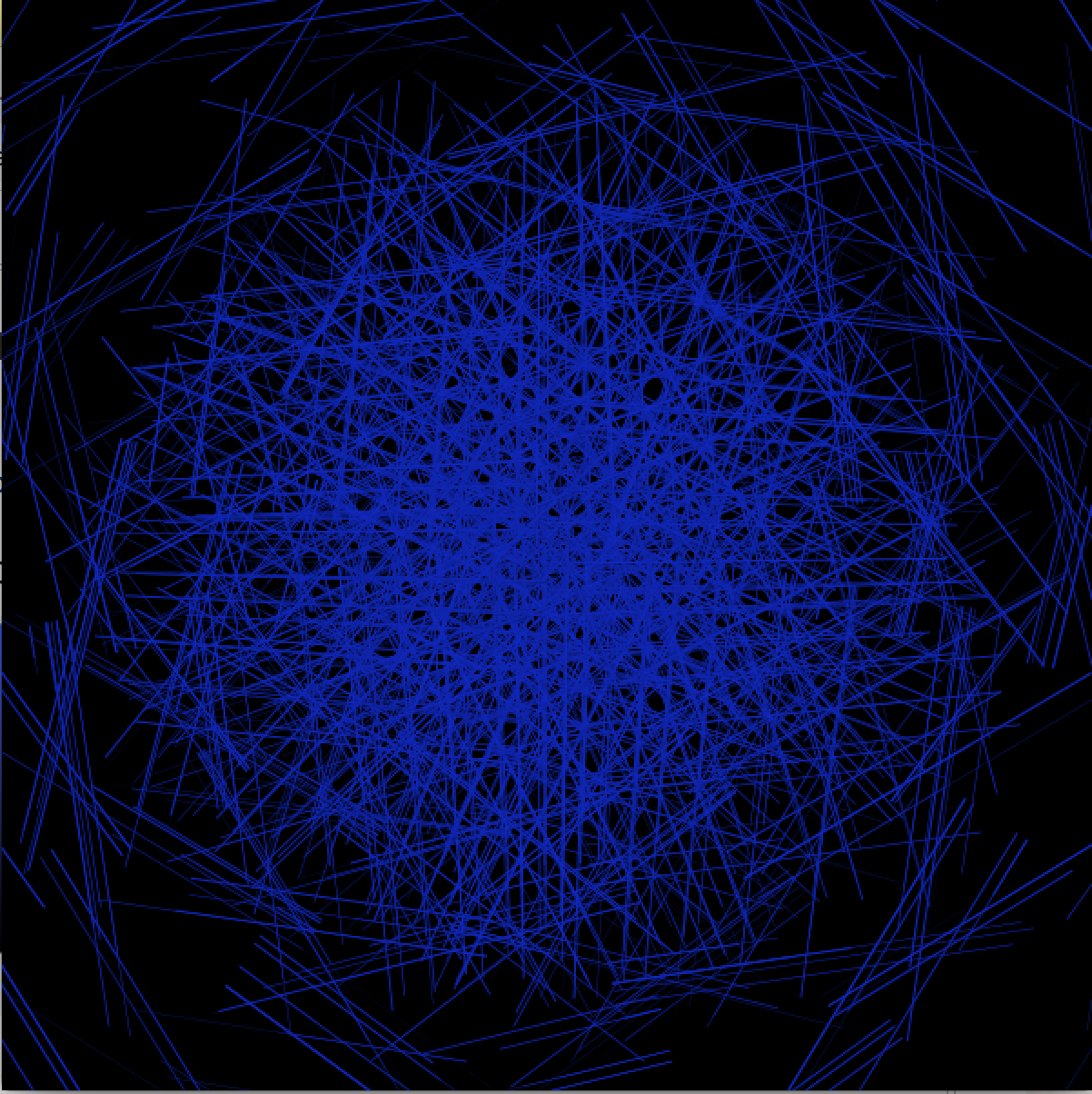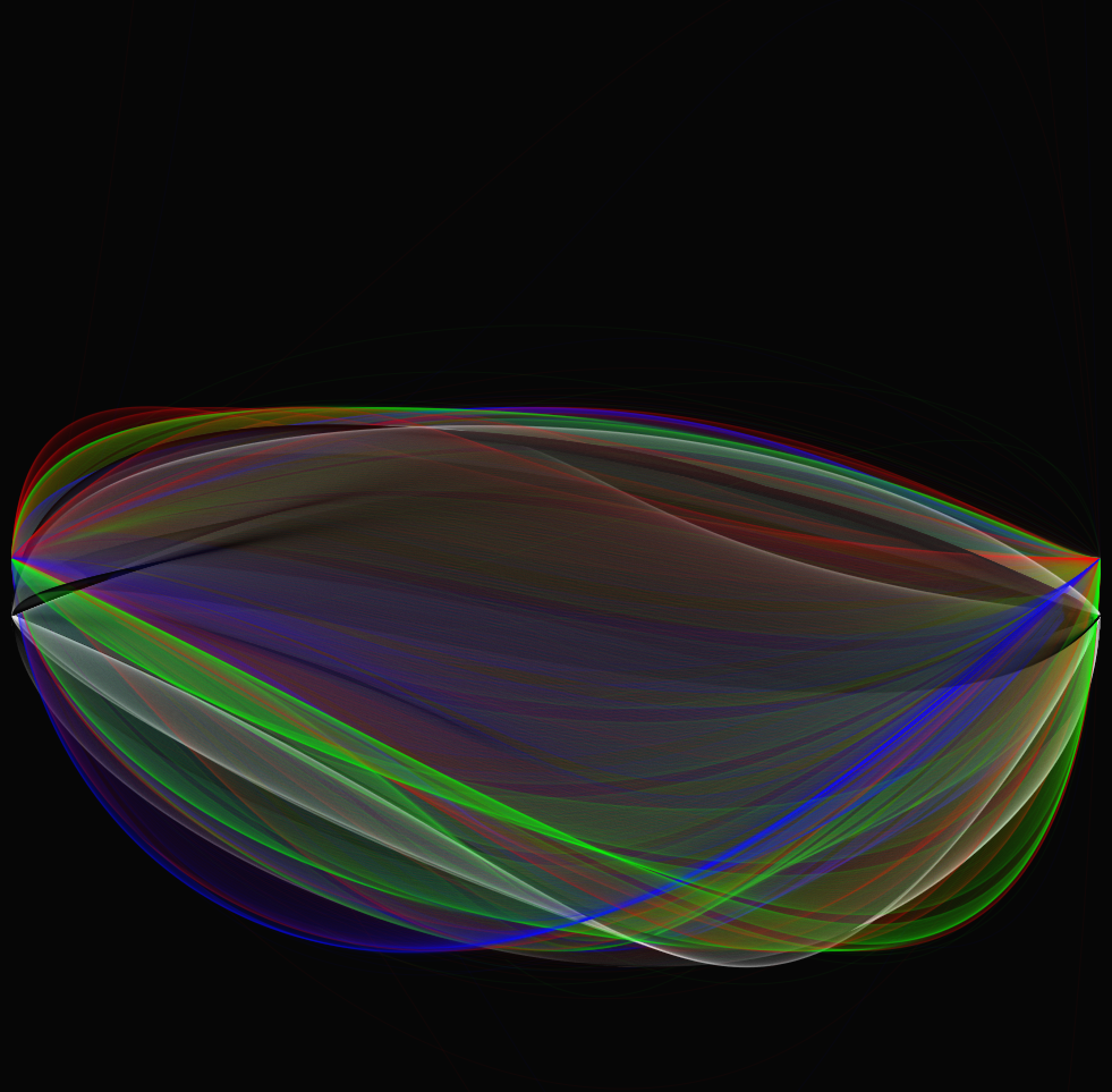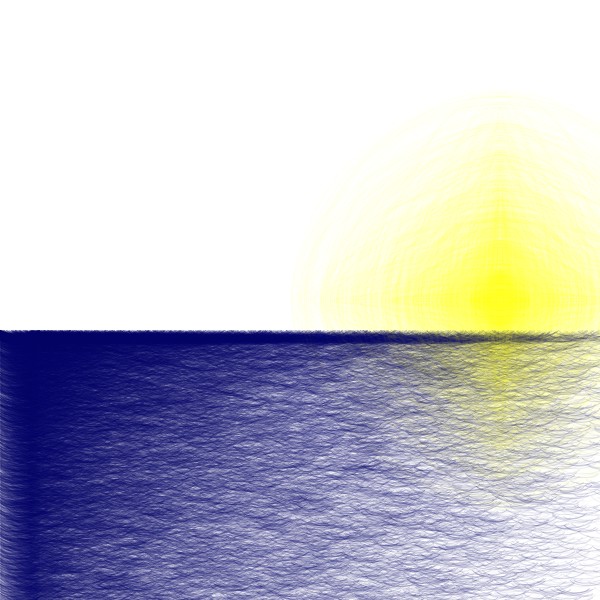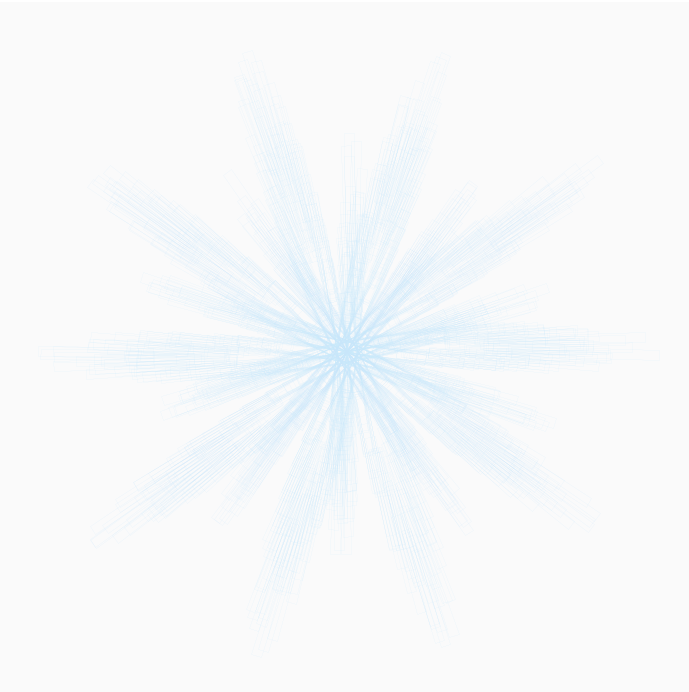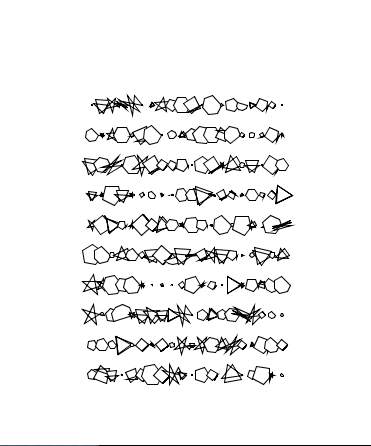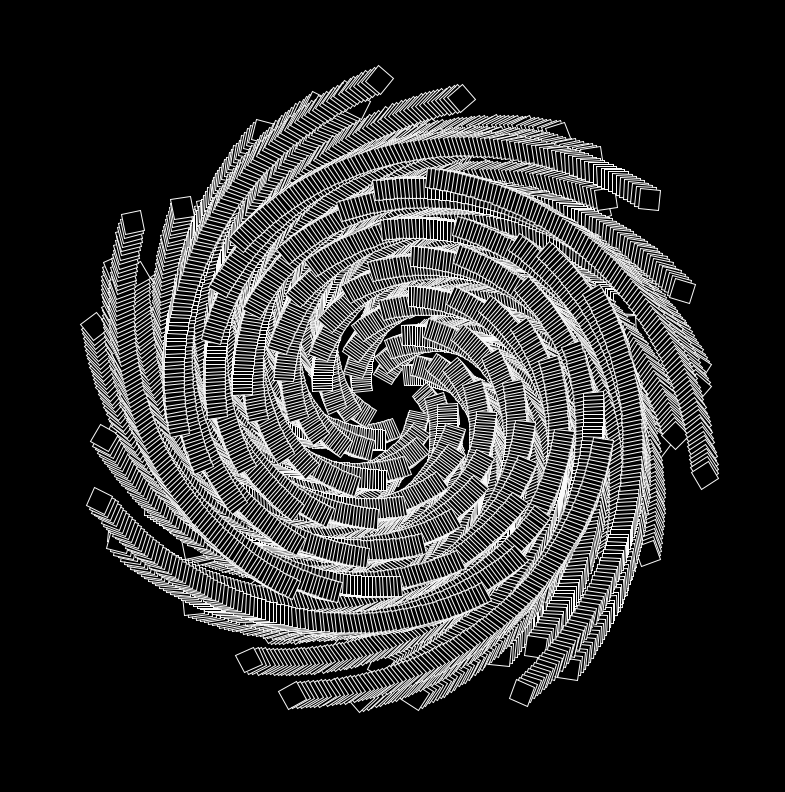Categories
Art from Code
Art From Code: Lightning
My conference project started off as a suggestion by Angela to incorporate a random walker into my work. At the time, I had no idea what a random walker was or how to build a body of work around one…
Art From Code: A Response To Vera Molnár
Vera Molnar was a pioneer in computer artwork. Molnar was born in Hungary in 1924. She studied, and eventually received a diploma in art history and aesthetics at Budapest College of Fine Arts. Although trained as a traditional artist, and…
Art from Code: Alone in the Dark
Vera Molnar used precise controls and exact measurements to create a sequence of images each with a single changing element. Georg Nees used stochastic procedures and generative functions to create unique shapes which could easily be altered, changed, and or…
Art ∞ Code – Climbing Fractal Evolutô
Nature is unfathomable beyond our imagination. In my humble attempt to re-create natural phenomenons, I gained a deeper awe of its sheer intricacy. One of the most vital rewards I gained from my project was, a more profound grasp…
Art from Code: Self in Society
For my conference project for Art From Code, I attempted to illustrate my own background through imagery. My collages are divided into two different parts. My primary collage is related to my identity and its correlation to the struggles I…
Art from Code: The Creature that Swims
I felt that while combining artists ideas to create my own is how art is created. This was my first time taking art seriously and was such an amazing door to open. My inspiration came from Henri Matisse (French, Le Cateau-Cambrésis…
Art From Code: Portrait of the Self as Anything But
For conference, I was most inspired by Bret Victor’s call to stop drawing “dead fishes” –– a metaphor to suggest that computer art should not seek to replicate older mediums but rather take advantage of what is only possible in…
Art From Code: Tattoos From Code
This series encompasses works inspired from a variety of currently active tattoo artists. However, these artists all use traditional methods of creating art. Tattoo artists often create an image on paper before transferring it to skin. In this case, I…
Art From Code: Getting Into It
I created a series of 3d works, which was inspired by the artist Piet Mondrian. Mondrian is known for being one of the pioneers of the 20th-century abstract art. He changed his artistic direction from figurative pairing to an…
Art from Code: Grace Hertlein
Hertlein’s heuristic is infatuated with organic objects such as trees in her Womb of Water. Her work is characterized by her easily distinguishable figures found in nature, like her trees and shells. Having had the exposure to digital artists like Molnar…
Art From Code: A Response to Grace Hertlein
Grace Hertlein is known for her ability to impart organicism into what is commonly perceived as “artificial” works, like her works “The Field” or “Womb of Water.” Taylor often described Hertlein as someone who would deliberately push against the…
Art ∞ Code: Response to Grace Hertlein
Grace Hertlein, as the front-runner of the second wave of programmatic artists, was as impactful as, if not more than the front-running pioneers such as Nees and Molnar. In a sense, she brought more aliveness into the computer art world….
Art from Code: A Response to Grace Hertlein
Generative art refers to art that has, in some way, has been created with the use of an autonomous system, or in the computer art lens, an increment or property of randomness, to create a soft organic effect.The term generative…
Art From Code: A Response to Grace Hertlein
Grace Hertlein was an artist who tried to redefine the relationship between geometric figures and nature through the landscape motif. Hertlein’s works look like that she has employed traditional drawing mediums such as paper, pens, and inks, which can produce…
Art from Code: A Response to Grace Hertlein
Most early computer artist focussed on applied maths and stochastic functions, creating works largely involving formal structures and geometric abstraction. The second wave of artists, following in the footsteps of their predecessors used similar ideas, but added elements of randomness,…
Art From Code: A Response to Grace Hertlein
Through Hertlein we can truly get a sense of what randomness can really entail. In a way, it branches off from the rigid order of Nees that needs to be contrasted by moments of stochasticity. For the Hertleinian perspective, however,…
Art from Code: A Response to Grace Hertlein
One of Grace Hertlein’s signature aspects of her work is her tendency to have an organic look, almost as if the work was created with traditional art materials. This was my main focus in creating my reflection on her work….
Art ∞ code: A Response to Georg Nees
I struggled with grasping the essence of Nees. As much as I appreciated his infamous falling squares, I did not intend to simply tweak his works. Yet I wasn’t able to conceive an interesting generation that…
Art from Code: A Response to Georg Nees
Georg Nees is a widely recognised artist for his work in generative art. From Gravel to his Ecke line, these pieces instilled into viewers something they wanted, was it the orderly lines of computer art, or was it the creative,…
Art from Code: A Response to Georg Nees
In this series, I have produced three coherent works that utilize a stochastic element disrupting structure as a response to Georg Nees. The result established itself in three separate works that resemble vortexes. Taylor writes, “The computer works by Nake,…

